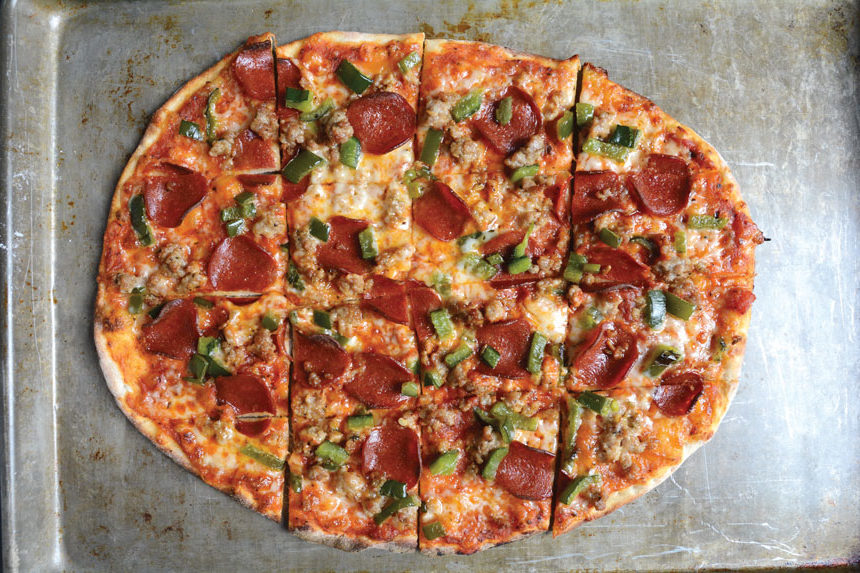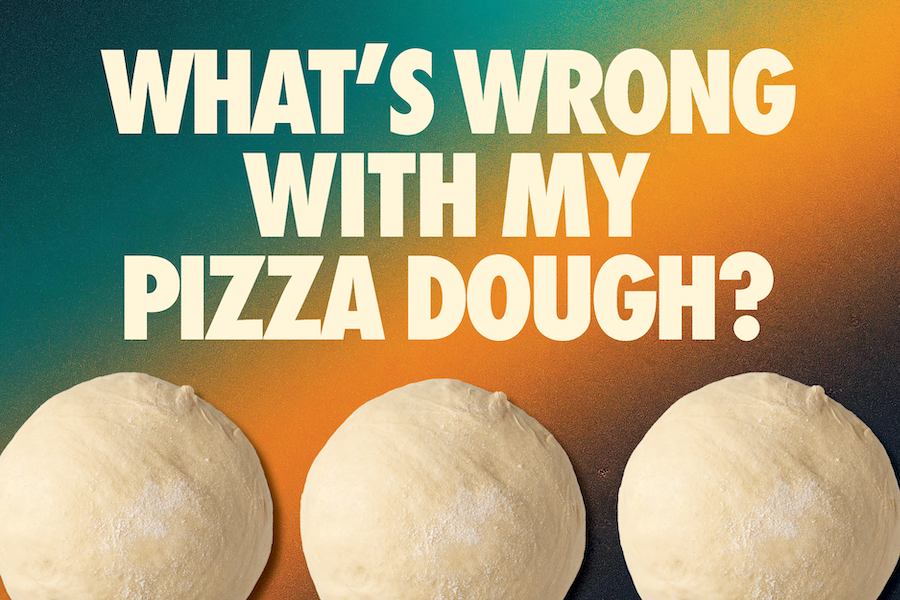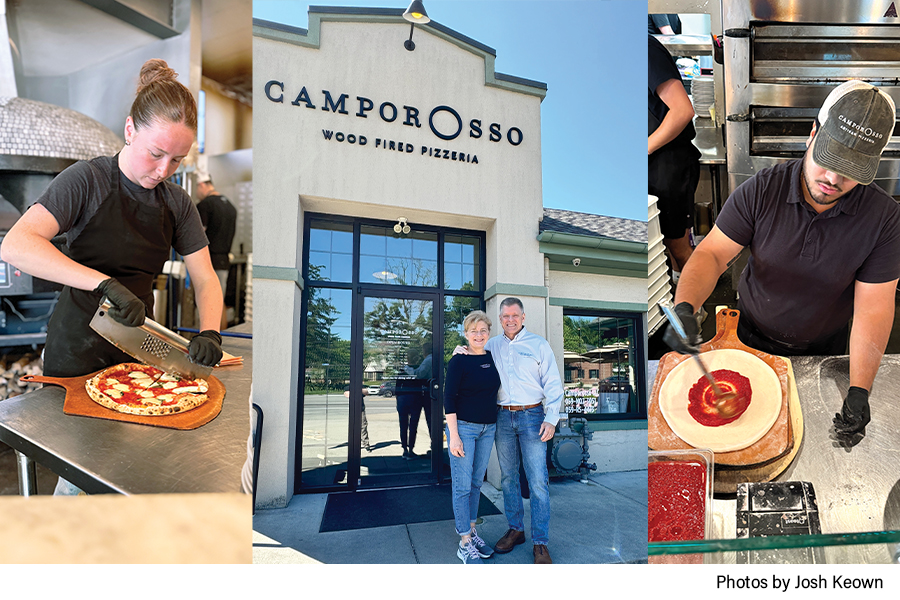Pizza Today creates hub for common dough questions
Pizza Today has built a vast vault of dough articles in our 40-plus years. Through Dough Doctor, Knead to Know and Kitchen features, we have helped pizzeria operators and pizza makers learn more about pizza dough production, management and fixing pizza dough problems. We have a section of PizzaToday.com featuring Dough Production & Development. This month’s Knead to Know is dedicated to common dough issues. We scoured through the archives to get the answers from the brightest minds in pizza dough and put them in one convenient spot on the website. Through our archives, we also remember the great Dough Doctor Tom Lehmann and his impact on the industry and progress of pizza making. Through features like this and PizzaToday.com, his dough knowledge will carry on to a new generation of pizza makers and pizzeria operators. Let’s examine just a few of the questions we have highlighted in our Troubleshooting Pizza Dough Hub at PizzaToday.com:
How do I prevent my pizza crust from bubbling in the oven?
Fermentation is one of the keys to reducing bubbling in our pizza doughs. The Late Dough Doctor Tom Lehmann looked at solutions to preventing bubbling crust.
“With normal yeast levels (0.375 percent instant dry yeast, 0.5 percent active dry yeast, or 1.25 percent compressed/fresh yeast), and a finished (mixed) dough temperature in the 80 to 85 F range, the bubbles are minimized after 2.5 hours of fermentation time at ambient temperature (approximately 70 F).
If you take the proper storage steps, you can pretty much eliminate bubbles. Start by taking the dough balls immediately after scaling and balling and place them in dough boxes, cross-stacked for two hours. Be sure to wipe them with salad oil to prevent them from drying out in the cooler. After two hours, downstack them and allow them to ferment overnight. Allow them to sit at room temperature for two hours before you use them and you’re ready to go.
Explore more pizza crust bubbling prevention tips in the Troubleshooting Your Pizza Dough Hub.
Why does my pizza dough keep snapping back when I try to stretch it?
Also called dough memory, pizza dough snapback occurs when a stretched pizza will not stay stretched – snaps back – no matter how much you stretch or how much pressure applied to the stretch.
Dough Expert Laura Meyer addressed pizza dough snapback or dough memory in a Knead to Know column. She said, “To better understand why dough snaps back we need to have a basic understanding of gluten development. Mixing time and the type of mixer used is extremely important when it comes to gluten development. If not done properly this can lead to your dough snapping back. Overmixing is a thing. When it comes time to mix your dough, having a game plan and all your ingredients weighed out and ready to go is important. I have seen many operations weigh as they go, which translates to dough mixing for too long in the mixer and the gluten becoming too tight.”
Explore more snapback prevention tips in the Troubleshooting Your Pizza Dough Hub.
What do I do if I ruin my batch of pizza dough?
Blowing a batch of dough happens. What’s important is that you have a plan in place to replace the pizza dough that has blown and maintain pizza service with the best pizza dough. That is where emergency dough comes in.
The late Dough Doctor Tom Lehmann provided a blueprint for you to create an emergency dough fast. “Every shop should have an emergency dough formula and procedure tucked away for these not-so-special moments,” Lehmann said. “I like to make my emergency dough from my regular dough formula because I’m already familiar with it. Still, we need to make a few changes to our dough formula to allow it to be made quickly and be ready for making pizza skins in not much more than two hours.”
Find more of Tom Lehmann’s emergency dough strategy in our Troubleshooting Your Pizza Dough Hub.
















